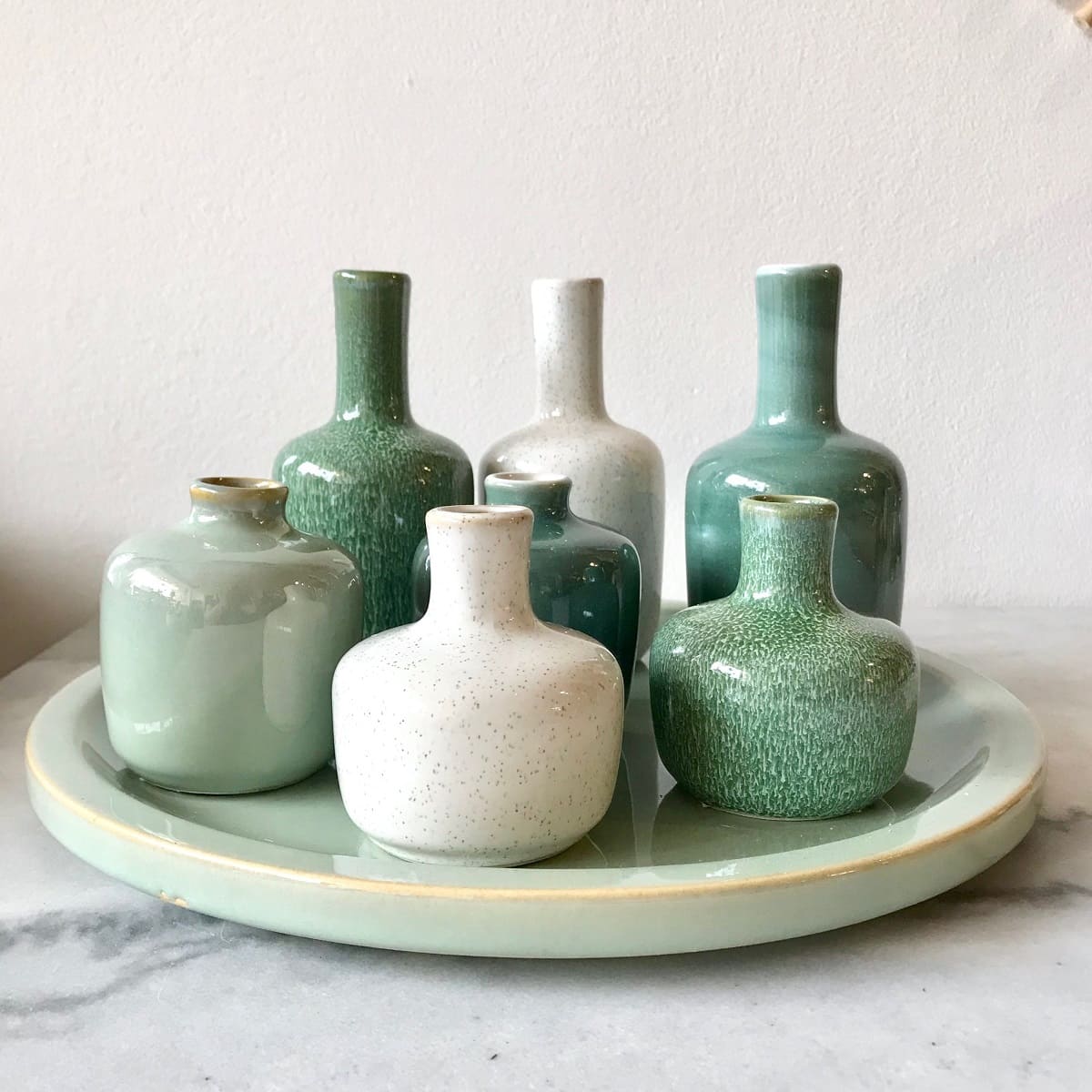

Articles
How To Store Vases
Modified: February 26, 2024
Discover the best way to store your delicate vases with our helpful articles. Keep your vases safe and organized for years to come.
(Many of the links in this article redirect to a specific reviewed product. Your purchase of these products through affiliate links helps to generate commission for Storables.com, at no extra cost. Learn more)
Introduction
Welcome to our comprehensive guide on how to store vases. Whether you have a collection of delicate ceramic vases or treasured antique pieces, proper storage is essential to maintain their beauty and prevent damage. Vases are not just functional vessels for flowers; they can also hold sentimental or historical value, making it even more crucial to store them correctly.
In this article, we will provide you with practical tips and guidelines to help you store your vases safely. From finding the right storage space to selecting appropriate packaging materials, we’ll cover everything you need to know to keep your vases in pristine condition.
So, if you’re ready to learn the best practices for vase storage, let’s dive in!
Key Takeaways:
- Proper vase storage involves finding the right space, cleaning and preparing the vases, selecting appropriate packaging materials, and maintaining the storage environment. These steps ensure longevity and preservation.
- Whether storing vases in boxes, cabinets, or display hutches, proper care and maintenance are essential. Regular cleaning, careful handling, and periodic reassessment of the storage space will preserve the beauty and value of your vases for years to come.
Read more: How To Store Glass Vases
Finding the Right Storage Space
Before you begin the process of storing your vases, it’s important to find an appropriate storage space that meets certain criteria. Consider the following factors when choosing the right location:
- Temperature and Humidity: Vases are susceptible to damage from extreme heat, cold, and fluctuations in humidity. Look for a storage area that maintains a consistent temperature between 50-70 degrees Fahrenheit and a humidity level of around 50%. Avoid areas prone to dampness or areas with excessive moisture, as this can lead to mold and mildew growth.
- Sunlight Exposure: Direct sunlight can fade the colors and weaken the materials of your vases over time. Choose a storage space that is away from direct sunlight or consider using UV-protective window film or curtains to shield the vases from harmful rays.
- Accessibility: Opt for a storage area that allows easy access to your vases whenever you need them. This will make it convenient to retrieve or add vases to your collection without causing unnecessary handling or potential damage.
- Security: Vases can be valuable, both monetarily and sentimentally. Ensure that the storage space is secure and protected from potential theft or damage. Consider installing a security system or using locked cabinets or shelves to safeguard your vases.
- Free of Clutter: Remove any unnecessary clutter or debris from the storage area. This will not only create a clean and organized space but also reduce the risk of accidental damage to your vases.
By carefully selecting the right storage space for your vases, you can minimize the risk of damage and ensure their longevity.
Cleaning and Preparing the Vases
Before storing your vases, it’s crucial to clean them thoroughly and prepare them for storage. This will help maintain their condition and prevent any dirt or residue from causing damage over time. Follow these steps to clean and prepare your vases:
- Empty the Vases: Remove any flowers, water, or other contents from the vases. Discard any old flowers or plant material and rinse the vases with warm water to remove any remaining residue.
- Gentle Cleaning: Use mild soap or dishwashing detergent to clean the vases. Avoid harsh chemicals or abrasive cleaners, as they can damage delicate materials. Gently scrub the vases with a soft brush or cloth to remove any dirt or stains. Rinse thoroughly and allow them to dry completely before proceeding to the next step.
- Inspect for Damage: Carefully inspect the vases for any cracks, chips, or weak spots. It’s important to address any repairs or restoration before storing the vases to prevent further damage. Consult a professional if necessary for any extensive repairs needed.
- Protect the Base: Place a soft cloth or padding at the base of each vase to cushion it and prevent scratches or cracks. This is especially important for glass or delicate vases that may be more prone to damage.
- Wrap Fragile Vases: If you have particularly fragile vases or those with intricate designs, consider wrapping them in acid-free tissue paper or bubble wrap. This will provide an extra layer of protection against potential impacts or pressure during storage.
By following these steps, you can ensure that your vases are clean and prepared for safe storage. Taking the time to clean and inspect them before storage will help maintain their condition and prevent any further damage.
Selecting Appropriate Packaging Materials
When it comes to storing vases, choosing the right packaging materials is essential to protect them from scratches, breakage, and other forms of damage. Here are some key considerations when selecting packaging materials for your vases:
- Boxes: Look for sturdy, appropriately-sized boxes for storing your vases. Ideally, opt for boxes made of durable materials such as corrugated cardboard. Make sure the boxes have sufficient room to accommodate the vases comfortably without any risk of them being too snug or loose.
- Dividers: Utilize dividers or inserts to keep the vases separated within the box. This will help prevent them from knocking against each other during transportation or storage and minimize the risk of damage. You can use cardboard dividers, foam inserts, or even individual vase sleeves.
- Packing Peanuts or Bubble Wrap: Fill any empty spaces within the box with packing peanuts or bubble wrap. This will provide additional cushioning and prevent the vases from shifting or moving around inside the box.
- Tape: Use strong packing tape to secure the boxes and ensure they remain closed during storage. This will further protect the vases from dust, debris, and possible damage caused by accidental openings.
- Labels: Label each box accordingly, indicating the contents and any special instructions, such as “fragile” or “handle with care.” This will help you identify the boxes easily and remind anyone handling the vases to do so with caution.
Remember, the goal is to provide proper protection and support for your vases during storage. By selecting the appropriate packaging materials, you can minimize the risk of damage and ensure that your vases remain in excellent condition.
Wrapping and Protecting Fragile Vases
When storing fragile vases, it’s crucial to take extra precautions to ensure their safety. Fragile vases made of materials such as glass or porcelain require additional wrapping and protection to prevent breakage. Here are some steps to follow when wrapping and protecting fragile vases:
- Start with Clean Vases: Make sure the vases are clean and dry before wrapping them. Any dirt, residue, or moisture can potentially damage the vases during storage.
- Provide Padding: Use a soft, acid-free tissue paper or bubble wrap to provide a layer of padding around the vase. Wrap the fragile areas of the vase, such as the neck, handles, or intricate designs, with extra layers of wrapping for added protection.
- Avoid Direct Contact: When placing the wrapped vases in boxes or storage containers, ensure that they don’t come into direct contact with each other. Place foam inserts or individual vase sleeves between them to prevent any potential knocking or rubbing during transportation or storage.
- Nest Fragile Vases: For vases that can be nested, such as those with removable lids or matching sets, place pieces of acid-free tissue paper or bubble wrap between each layer to prevent them from scratching or chipping each other.
- Stabilize the Vases: Once the vases are wrapped and placed in the appropriate containers, make sure they are secure and won’t easily shift or move around. If necessary, use filler material like packing peanuts or crumpled paper to stabilize them.
Remember to handle fragile vases with care and avoid applying excessive pressure or force when wrapping or packing them. The goal is to provide a protective layer around the vases while minimizing the risk of breakage or damage.
Read more: How To Store Roses In A Vase
Storing Vases in Boxes
When it comes to storing vases, using boxes is a popular and effective method. By properly packing and organizing your vases in boxes, you can ensure they remain protected and easily accessible. Here are some guidelines for storing vases in boxes:
- Choose Appropriate Boxes: Select sturdy and appropriately-sized boxes for your vases. It’s best to use boxes made of durable materials, such as corrugated cardboard, to provide adequate protection. Avoid using boxes that are too large or too small for your vases, as they can lead to unnecessary movement or a tight fit.
- Prepare the Boxes: Before placing the vases in the boxes, reinforce the bottom of each box with additional packing tape. This will add stability and prevent the box from breaking or collapsing under the weight of the vases.
- Wrap Individually: Wrap each vase in acid-free tissue paper or bubble wrap to provide an extra layer of protection. This will help prevent scratches or damage during transportation and storage.
- Place in Small Batches: Instead of packing all your vases in one large box, consider placing them in smaller batches. This will make it easier to handle and move the boxes without overwhelming yourself or risking damage to the vases.
- Arrange Vertically: When placing vases in the box, arrange them vertically rather than laying them flat. This helps distribute the weight evenly and reduces the risk of breakage. Fill any empty spaces in the box with packing peanuts or crumpled paper to provide stability.
- Label and Document: Label each box with its contents, including a brief description of the vases inside. This makes it easier to locate specific vases when needed. Additionally, consider creating an inventory list or taking photos of the vases stored in each box for reference.
By following these tips, you can effectively store your vases in boxes, ensuring their protection and easy retrieval in the future.
When storing vases, wrap them individually in bubble wrap or packing paper to prevent them from chipping or breaking. Store them in a sturdy box with plenty of cushioning to keep them safe during transportation or while in storage.
Organizing Vases in Cabinets or Shelves
When you have limited space or prefer a more accessible storage option, organizing your vases in cabinets or shelves can be a great solution. This method allows you to showcase your vases while keeping them protected and easily accessible. Here are some guidelines for organizing vases in cabinets or shelves:
- Select the Right Cabinet or Shelf: Choose a sturdy and secure cabinet or shelf to store your vases. Consider the size and weight of your vases to ensure that the chosen storage furniture can support them without the risk of collapsing or causing damage.
- Prioritize Stability: Ensure that the cabinet or shelf is stable and properly anchored to the wall to prevent any accidental tipping or falling, especially if you have larger or heavier vases. This will minimize the risk of damage to both the vases and the surrounding area.
- Adjustable Shelving: If possible, opt for cabinets or shelves with adjustable shelves. This will allow you to customize the spacing between shelves to accommodate different sizes and heights of vases.
- Group by Size or Type: Organize your vases by size or type to make it easier to locate and retrieve them. You can separate them into categories such as small, medium, and large vases, or grouping them by material or style.
- Add Shelf Liners and Padding: Line the shelves with non-slip shelf liners to provide cushioning and prevent any accidental sliding or scratching of the vases. Additionally, consider placing soft padding, such as foam or cloth, on the shelves to give extra protection to delicate vases.
- Showcase Decoratively: Arrange the vases in an aesthetically pleasing manner, considering their colors, shapes, and textures. This way, not only will your vases be organized, but they will also serve as a decorative element in your space.
- Maintain Organization: Regularly check and rearrange your vases to ensure they remain organized and secure within the cabinet or shelf. This will prevent any clutter or potential damage from vases shifting or falling over time.
By following these tips, you can create a well-organized and visually appealing display of your vases while keeping them protected and easily accessible in cabinets or shelves.
Keeping Vases in Display Cabinets or Hutches
If you want to showcase your vases while keeping them protected from dust and potential damage, investing in a display cabinet or hutch is a great option. These furniture pieces not only provide a beautiful display area but also offer a secure and controlled environment for your vases. Here are some tips for keeping vases in display cabinets or hutches:
- Select the Right Cabinet or Hutch: Choose a display cabinet or hutch that suits your style and complements your existing decor. Look for cabinets with glass doors or transparent panels that allow you to showcase your vases while keeping them protected.
- Clean and Prepare: Before placing your vases in the display cabinet or hutch, ensure that they are clean and free from dust or residue. Give the cabinet a thorough cleaning as well, wiping down the surfaces and glass panels to provide a pristine showcase for your vases.
- Arrange the Vases: Consider the size, height, and visual appeal of your vases when arranging them in the cabinet or hutch. Place larger vases at the back and smaller ones at the front to create depth and dimension. Experiment with different arrangements to find the most aesthetically pleasing display.
- Add Lighting: Consider installing lighting inside the display cabinet or hutch to accentuate the beauty of your vases. Lighting can enhance the colors and details of the vases and create an inviting ambiance. Opt for LED lights that emit low heat to protect your vases from excessive heat exposure.
- Use Adjustable Shelves: If your display cabinet or hutch comes with adjustable shelves, take advantage of this feature to customize the spacing between shelves. This allows you to accommodate vases of different sizes and heights without wasting any space.
- Protect from Direct Sunlight: Ensure that the display cabinet or hutch is placed away from direct sunlight. Prolonged exposure to sunlight can fade colors and damage delicate materials. If necessary, install UV-protective film on the glass panels to filter harmful UV rays.
- Maintain Proper Cleaning and Maintenance: Regularly clean the display cabinet or hutch, both inside and out, to remove any dust or dirt. Wipe down the glass panels, shelves, and surfaces with a gentle cleaner and a soft cloth. Additionally, inspect the vases periodically for any signs of damage or deterioration.
By following these guidelines, you can beautifully showcase your vases in a display cabinet or hutch while ensuring their protection and longevity.
Storing Vases in Attics or Basements
Attics and basements are commonly used for storage purposes, including vases. However, it’s important to take certain precautions when storing vases in these areas to prevent damage from extreme temperatures, humidity, and other environmental factors. Here are some tips for storing vases in attics or basements:
- Climate Control: If possible, consider installing climate control systems, such as insulation, dehumidifiers, or heaters, in the attic or basement. This helps regulate the temperature and humidity levels, creating a more stable environment for storing your vases.
- Temperature and Humidity Monitoring: Regularly monitor the temperature and humidity levels in the attic or basement. Use temperature and humidity gauges or hygrometers to ensure they remain within the acceptable range of 50-70 degrees Fahrenheit and around 50% humidity. If the levels become too high or low, take measures to correct them immediately.
- Elevate from the Floor: Keep your vases elevated from the floor to protect them from potential water damage. Place them on shelves, pallets, or any other raised platforms. This minimizes the risk of them coming into contact with any moisture or dampness that may accumulate on the floor.
- Avoid Direct Contact with Walls: Avoid storing vases directly against the walls of the attic or basement. Leave some space between the vases and the walls to allow for proper airflow and reduce the risk of condensation or mold growth.
- Wrap and Protect: Before placing the vases in storage, wrap each one individually in acid-free tissue paper or bubble wrap. This helps protect them from potential scratches, dust, and other damage that may occur during storage.
- Use Airtight Containers: Consider using airtight containers or plastic bins to store the wrapped vases. This provides an extra layer of protection against dust, moisture, and pests. Label the containers to easily identify the vases inside.
- Organize and Document Inventory: Keep a detailed inventory of the vases stored in the attic or basement. This helps you keep track of your collection and locate specific vases when needed. Additionally, organize the vases in a systematic manner, grouping them by size, type, or any other relevant category.
- Regular Inspections: Regularly inspect the attic or basement for any signs of leaks, mold, or other issues that may impact the storage environment. Address any problems immediately and make necessary adjustments to maintain a safe and suitable storage space for your vases.
By following these tips, you can store your vases in attics or basements while minimizing the risk of damage and ensuring their preservation for years to come.
Read more: What Are Vases For
Maintaining the Storage Environment
After you have appropriately stored your vases, it’s important to maintain the storage environment to ensure the longevity and preservation of your vases. By implementing proper maintenance practices, you can minimize the risk of damage and keep your vases in optimal condition. Here are some tips for maintaining the storage environment:
- Regular Cleaning: Keep the storage area clean and free from dust and debris. Regularly dust the shelves, cabinets, or boxes where the vases are stored to prevent dust buildup that can potentially damage the vases over time. Using a microfiber cloth or a soft brush is recommended to avoid scratching delicate surfaces.
- Avoid Excessive Handling: Minimize the handling of vases whenever possible. Excessive handling can increase the risk of accidental drops or bumps that may damage the vases. Only handle the vases when necessary, and do so with care and attention.
- Check for Pests: Periodically inspect the storage area for any signs of pests, such as insects or rodents. Pests can cause significant damage to vases, so take immediate action if you notice any signs of infestation. Consider using pest-control measures such as traps or professional pest extermination services.
- Monitor for Mold and Mildew: Keep an eye out for any signs of mold or mildew growth, especially in areas with high humidity. Mold and mildew can pose a threat to the integrity of the vases and lead to deterioration. If you notice any mold or mildew, address it promptly by removing it and fixing the source of moisture.
- Inspect for Damage: Regularly inspect your vases for any signs of damage, such as cracks, chips, or discoloration. Address any issues immediately to prevent further damage or deterioration. Consult professionals or experts if necessary, especially for valuable or delicate vases that require specialized care or restoration.
- Periodically Rotate Display: If you have vases on display, consider rotating them periodically to minimize the exposure to sunlight and prevent fading. This can also help distribute any potential wear or stress on the vases caused by gravity over time.
- Reassess Storage Space: As your collection grows or changes, periodically reassess your storage space to ensure that it still meets the needs of your vases. Consider reorganizing or expanding the storage area as necessary to accommodate new additions and provide sufficient space for proper storage.
- Update Documentation: Keep your inventory list or documentation of your vases up to date. Update any changes in the collection, such as new acquisitions or removal of vases, to maintain an accurate record of your vases.
By following these maintenance tips, you can ensure the ongoing protection and preservation of your vases, keeping them in excellent condition for years to come.
Conclusion
Properly storing and maintaining vases is crucial for preserving their beauty and protecting them from damage. Whether you have a collection of delicate ceramic vases, treasured antique pieces, or contemporary designs, following the right storage techniques will ensure their longevity. Throughout this comprehensive guide, we’ve covered various aspects of vase storage, including finding the right storage space, cleaning and preparing the vases, selecting appropriate packaging materials, wrapping fragile vases, and organizing them in cabinets or shelves.
By finding the right storage space with proper temperature and humidity control, you can create an environment that supports the preservation of your vases. Cleaning them thoroughly, inspecting for damage, and using appropriate packaging materials will help protect them during storage. Wrapping fragile vases, organizing them effectively, and maintaining the storage environment are essential for keeping your collection safe and accessible.
Remember to periodically assess and maintain the storage area, checking for pests, mold, and mildew, as well as inspecting the vases for any signs of damage. Regular cleaning and careful handling will minimize the risk of accidents and keep your vases in pristine condition. Maintaining documentation and periodically reassessing your storage space will ensure that your collection remains organized and properly displayed.
By following these practices, your vases will not only last for generations but also continue to bring joy and beauty to your home or collection. So, whether you’re storing vases in boxes, displaying them in cabinets or hutches, or placing them in attics or basements, these tips will help preserve and protect your vases for years to come.
Take the time to properly store and care for your vases, and you’ll be rewarded with a collection that can be cherished and enjoyed for many years to come. Happy storing!
Frequently Asked Questions about How To Store Vases
Was this page helpful?
At Storables.com, we guarantee accurate and reliable information. Our content, validated by Expert Board Contributors, is crafted following stringent Editorial Policies. We're committed to providing you with well-researched, expert-backed insights for all your informational needs.
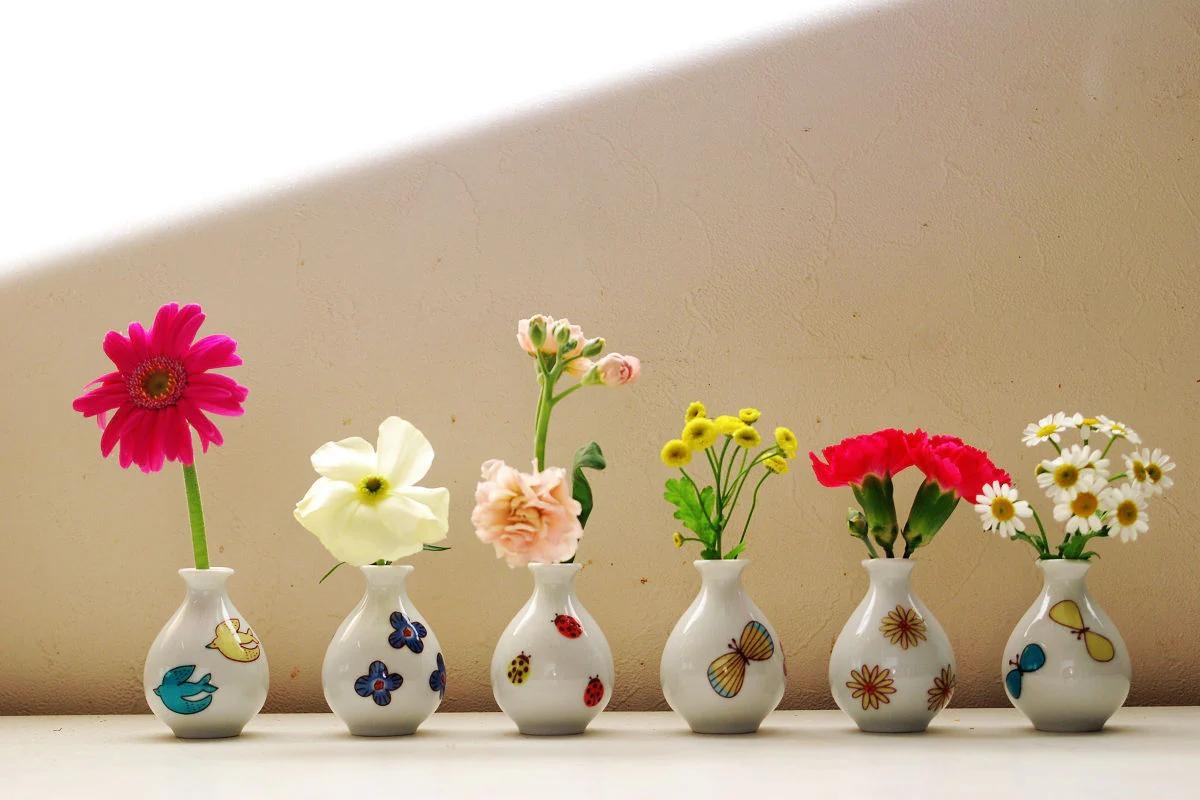
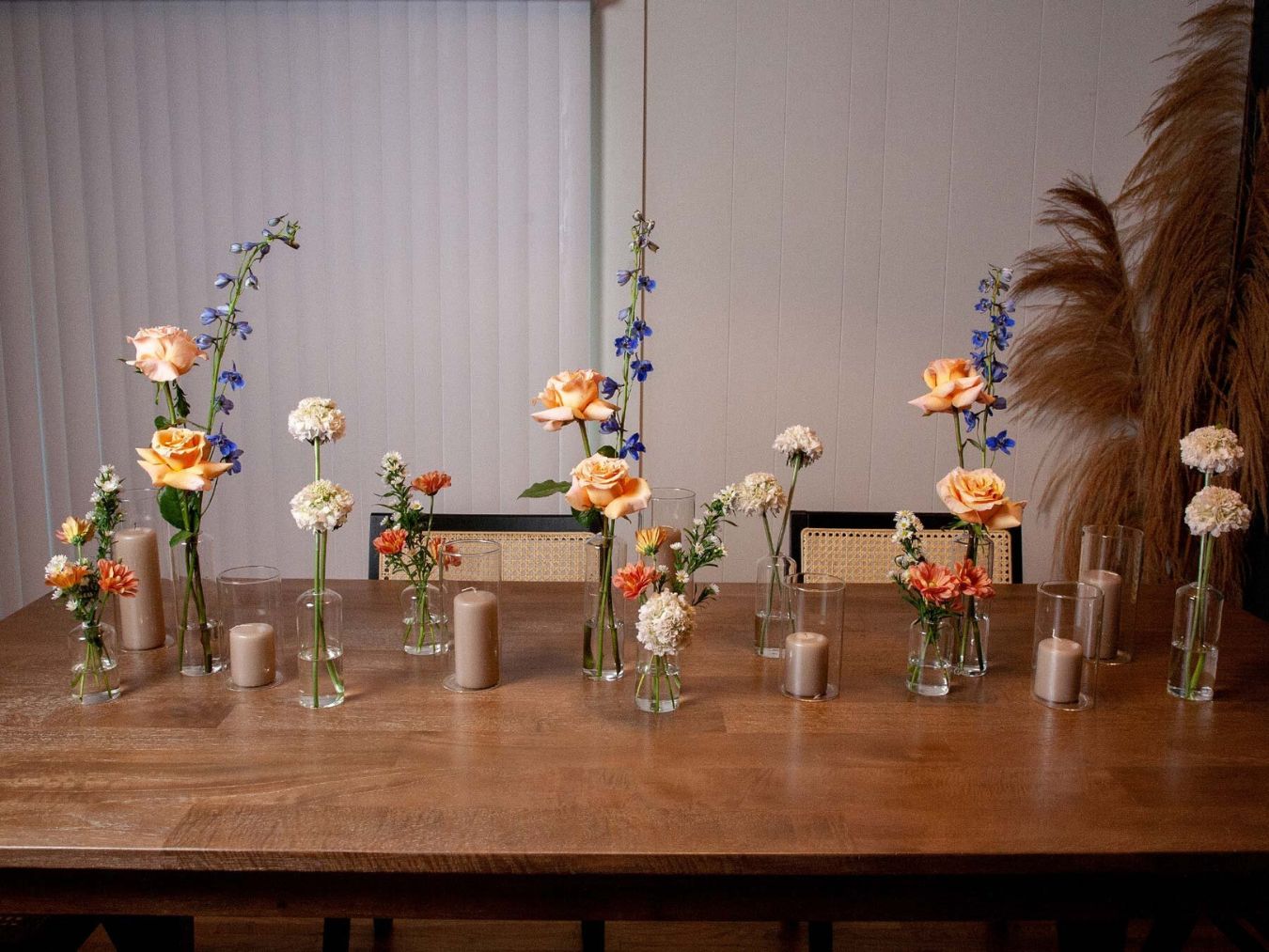
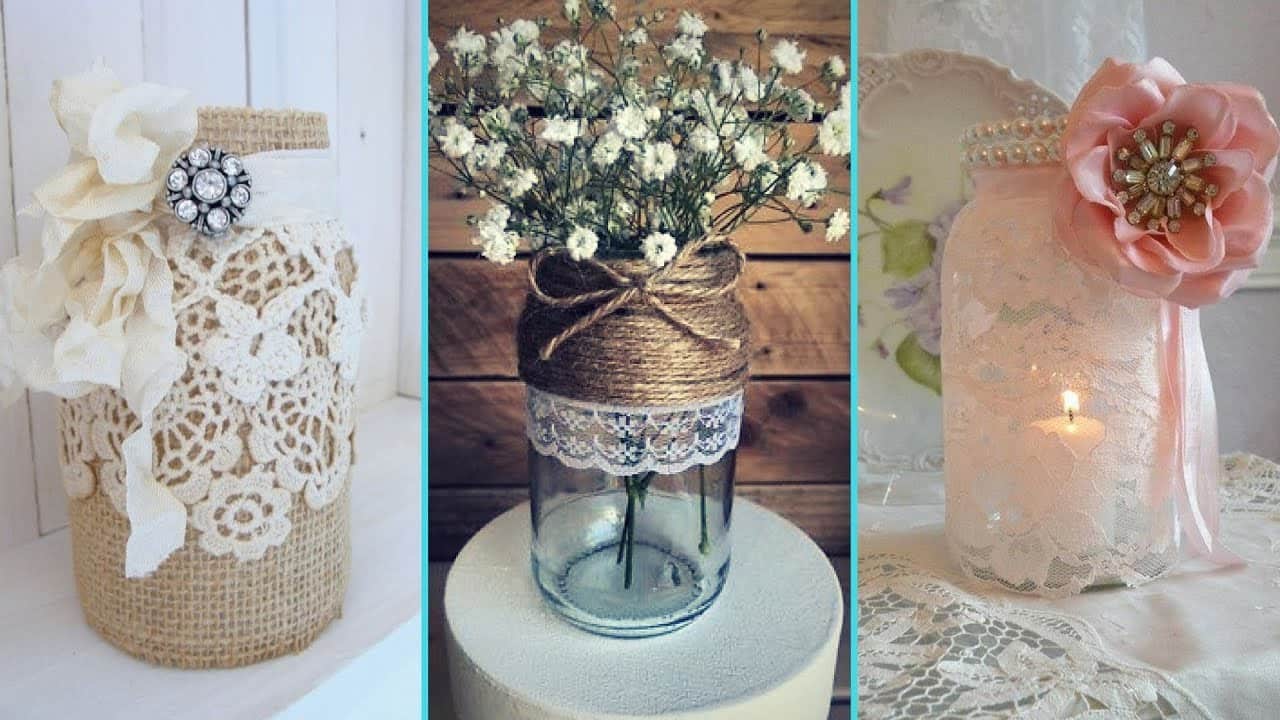
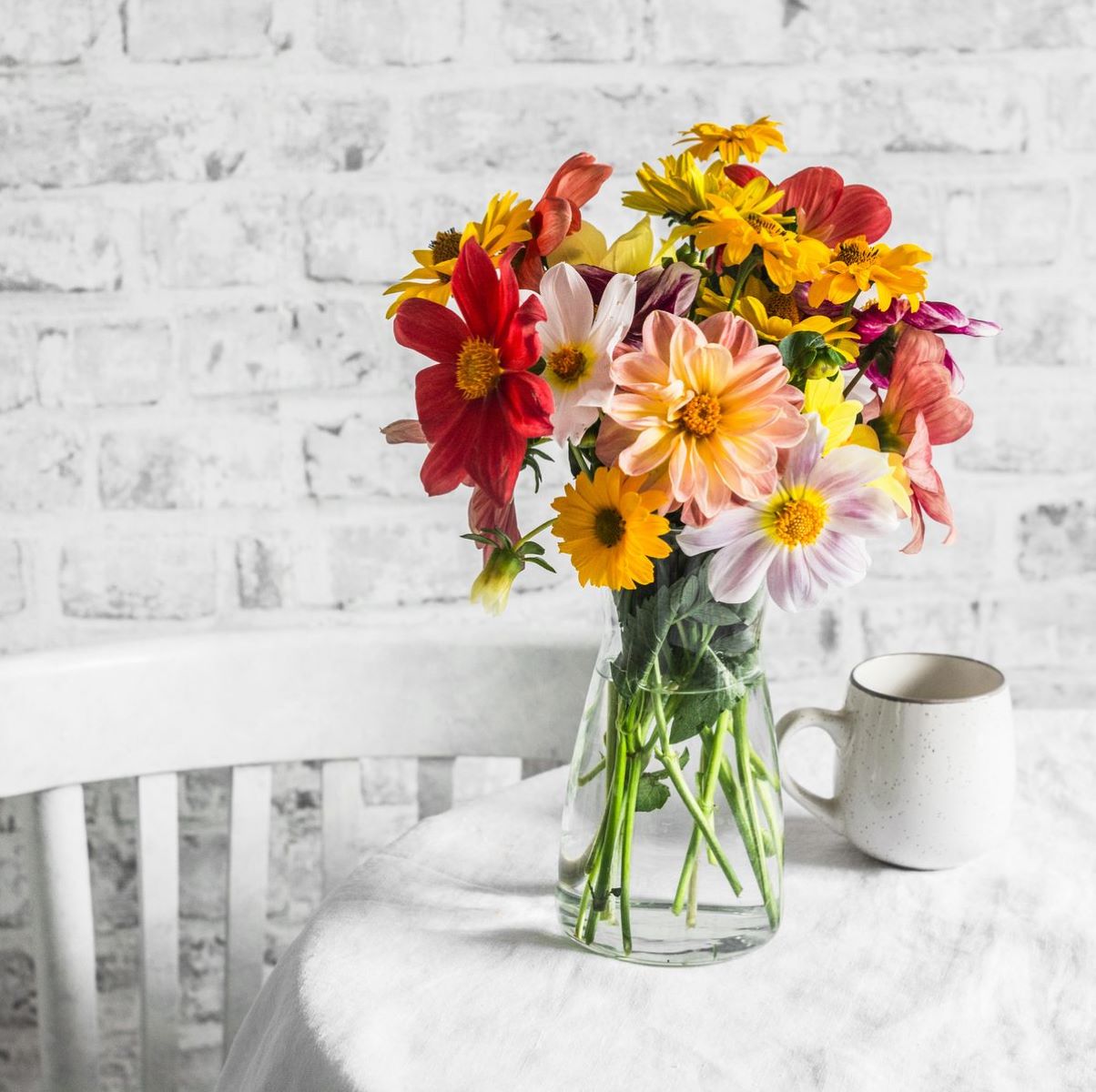
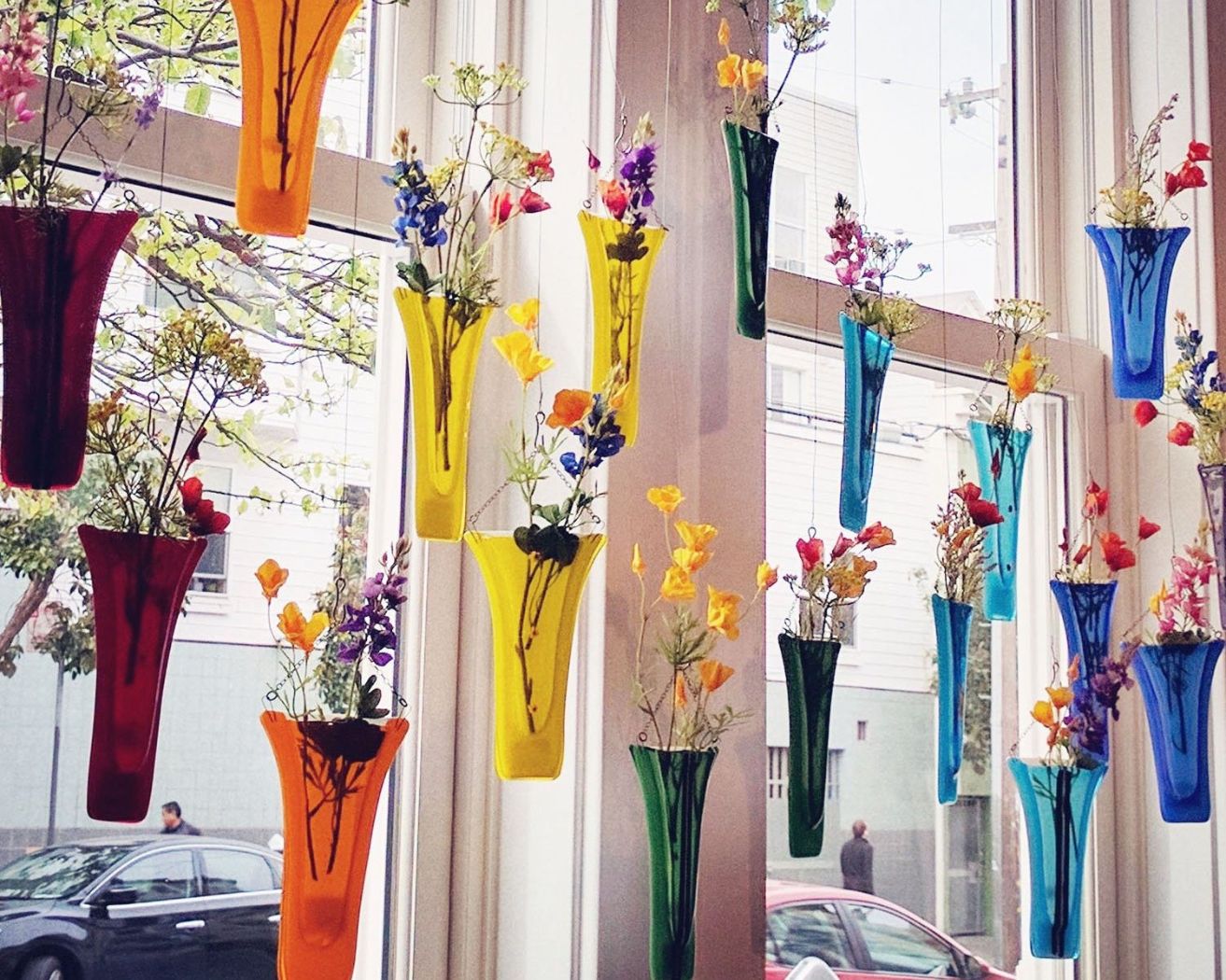
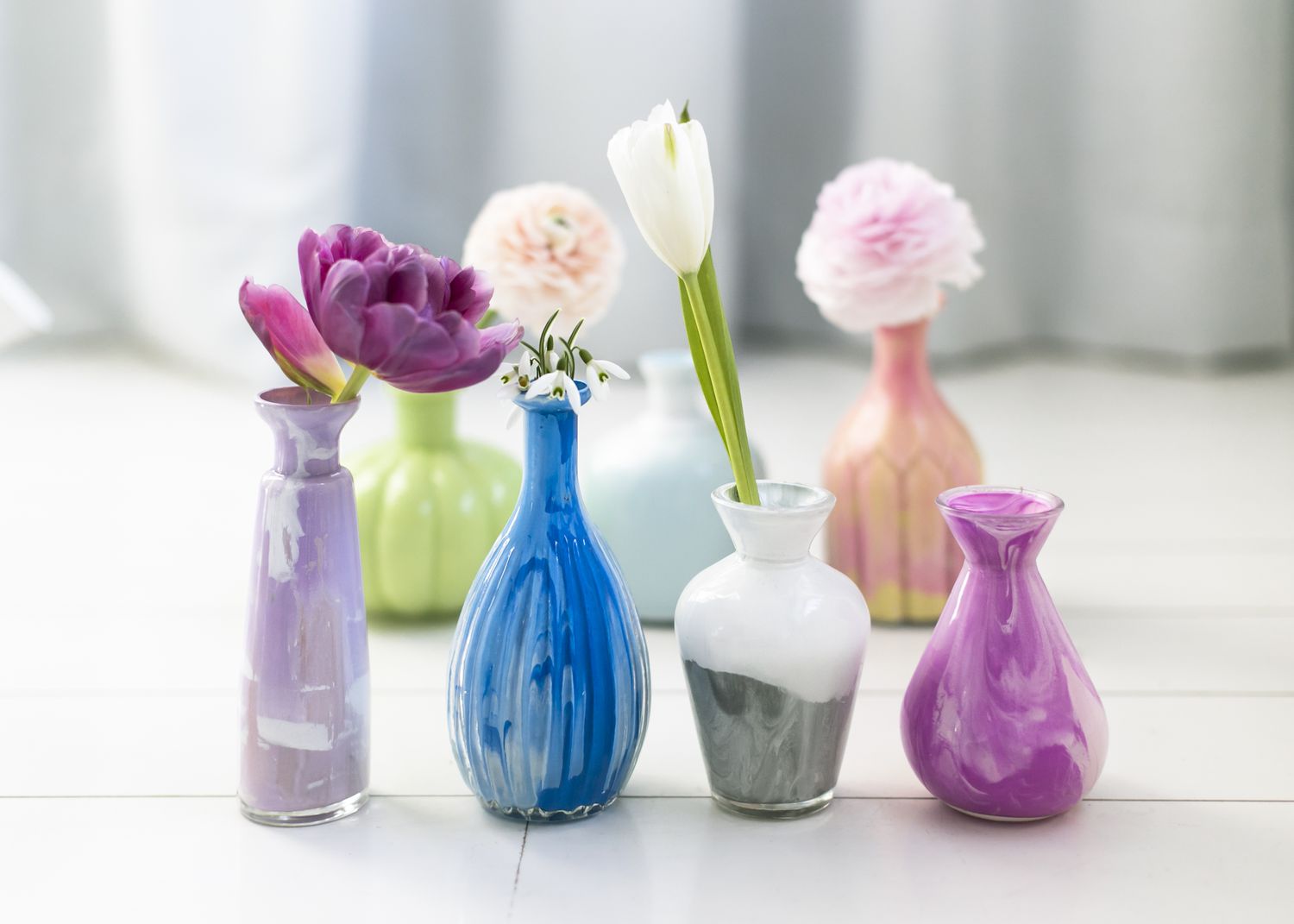
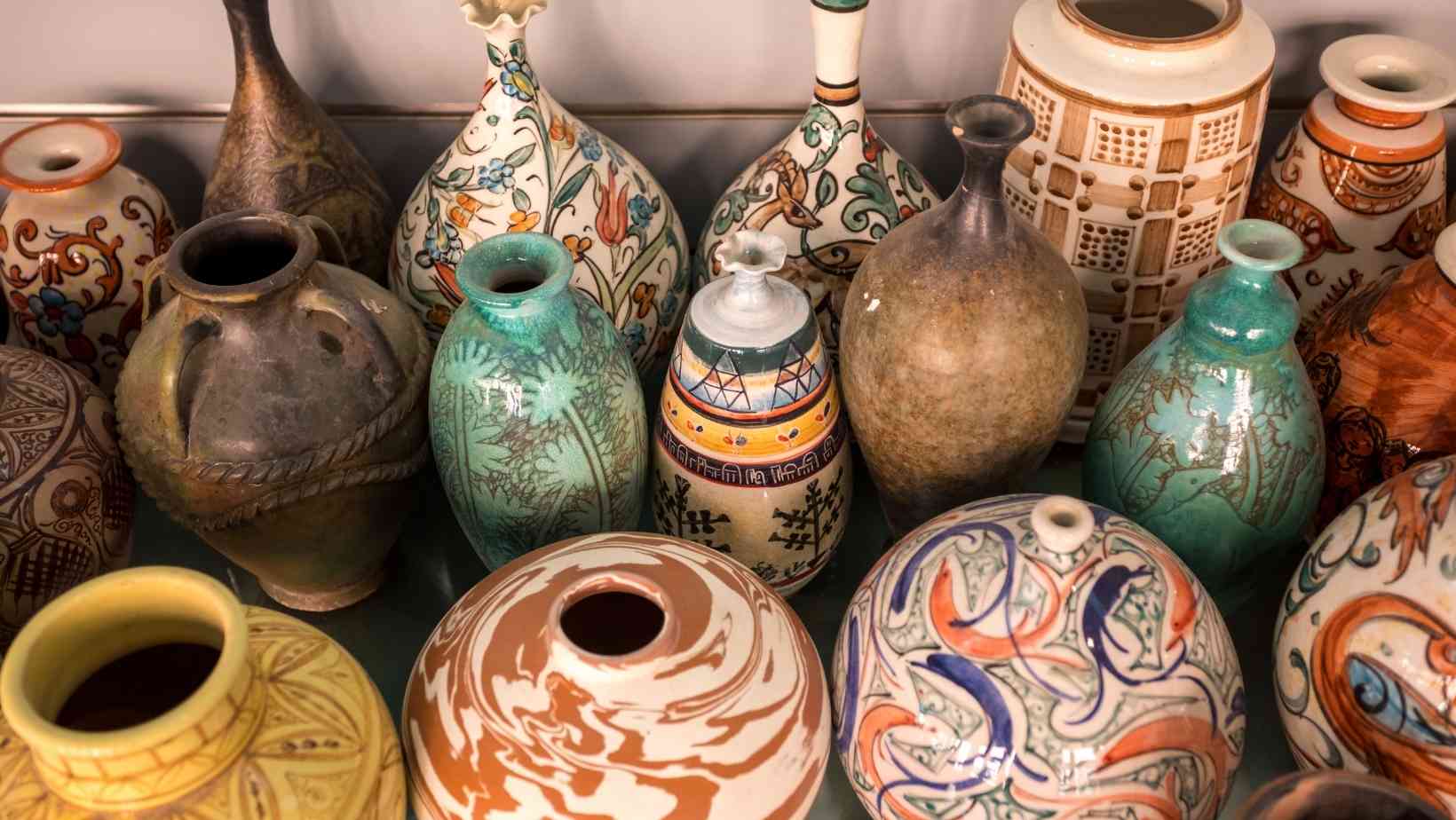

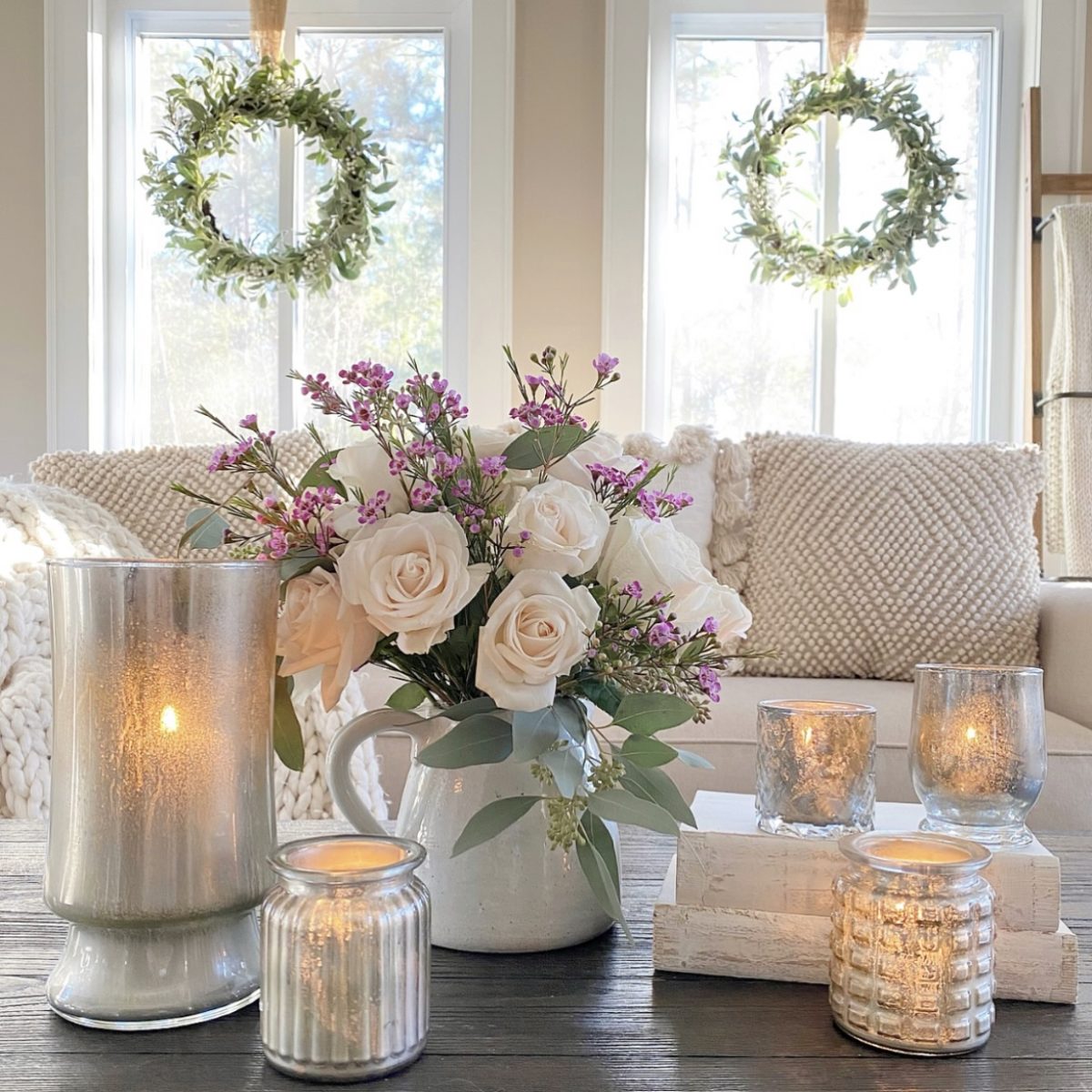
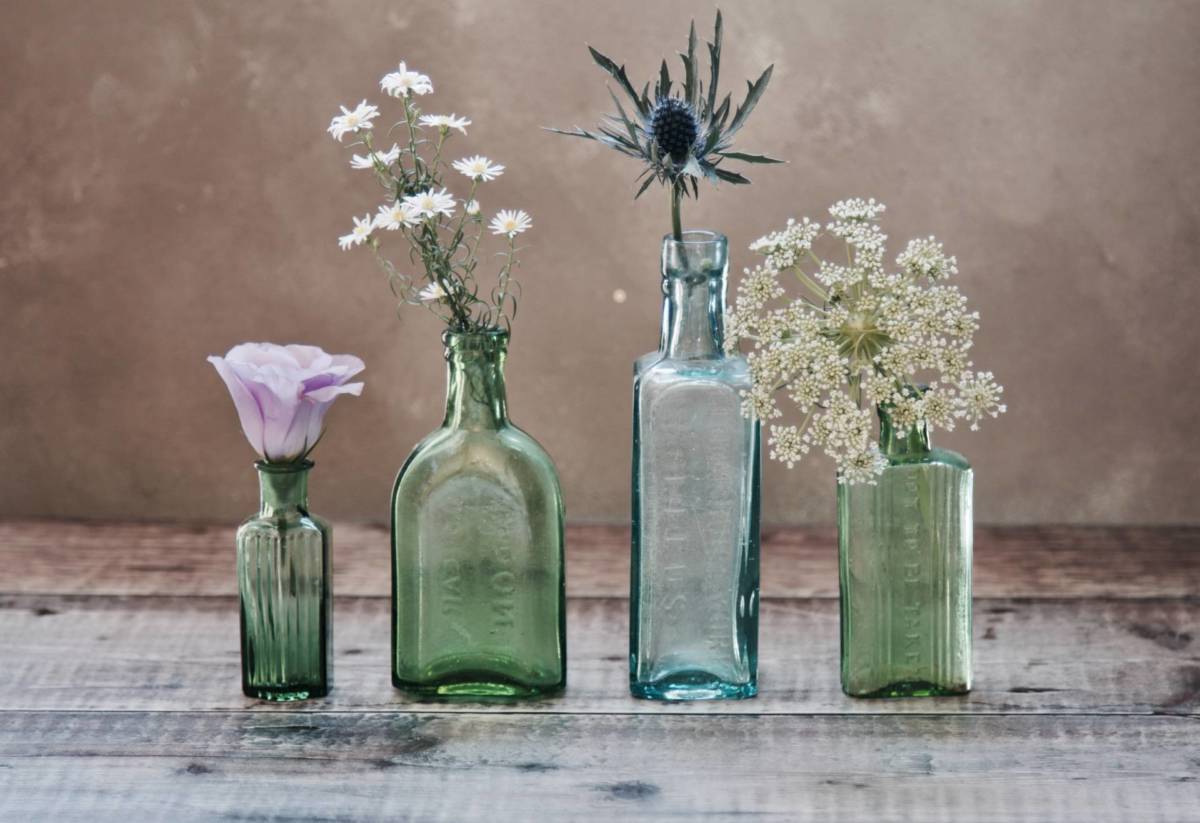
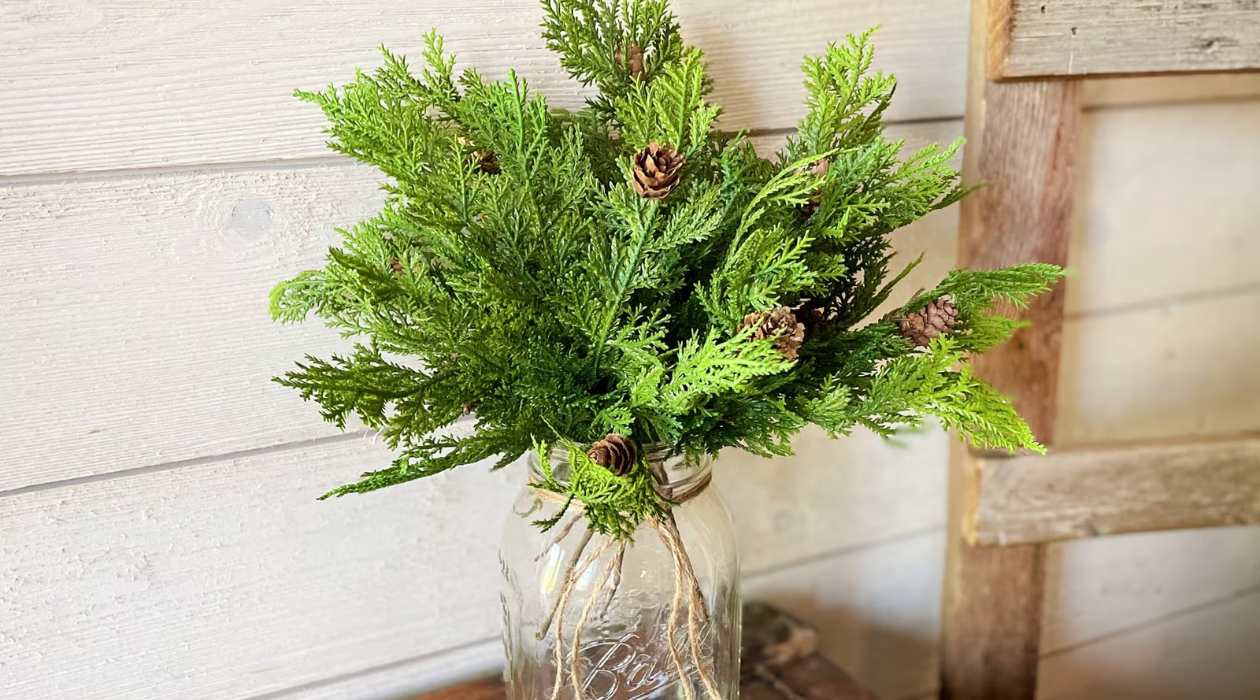
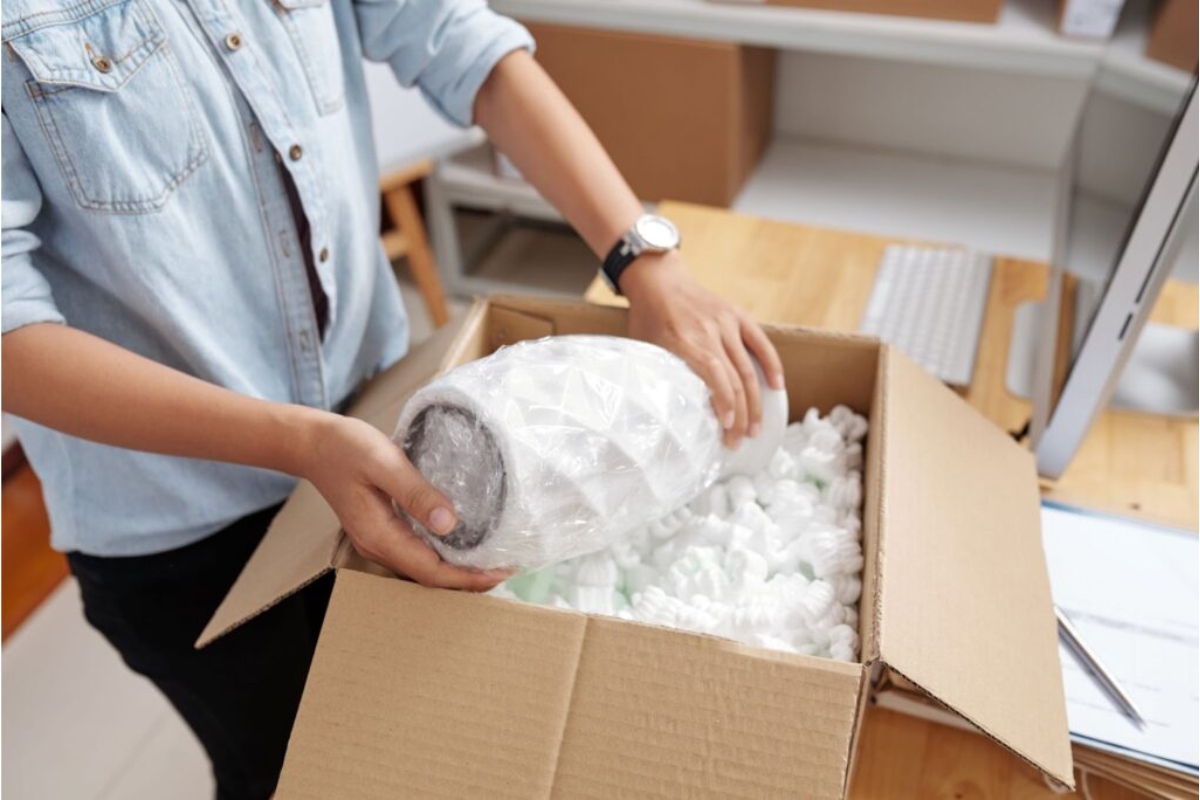
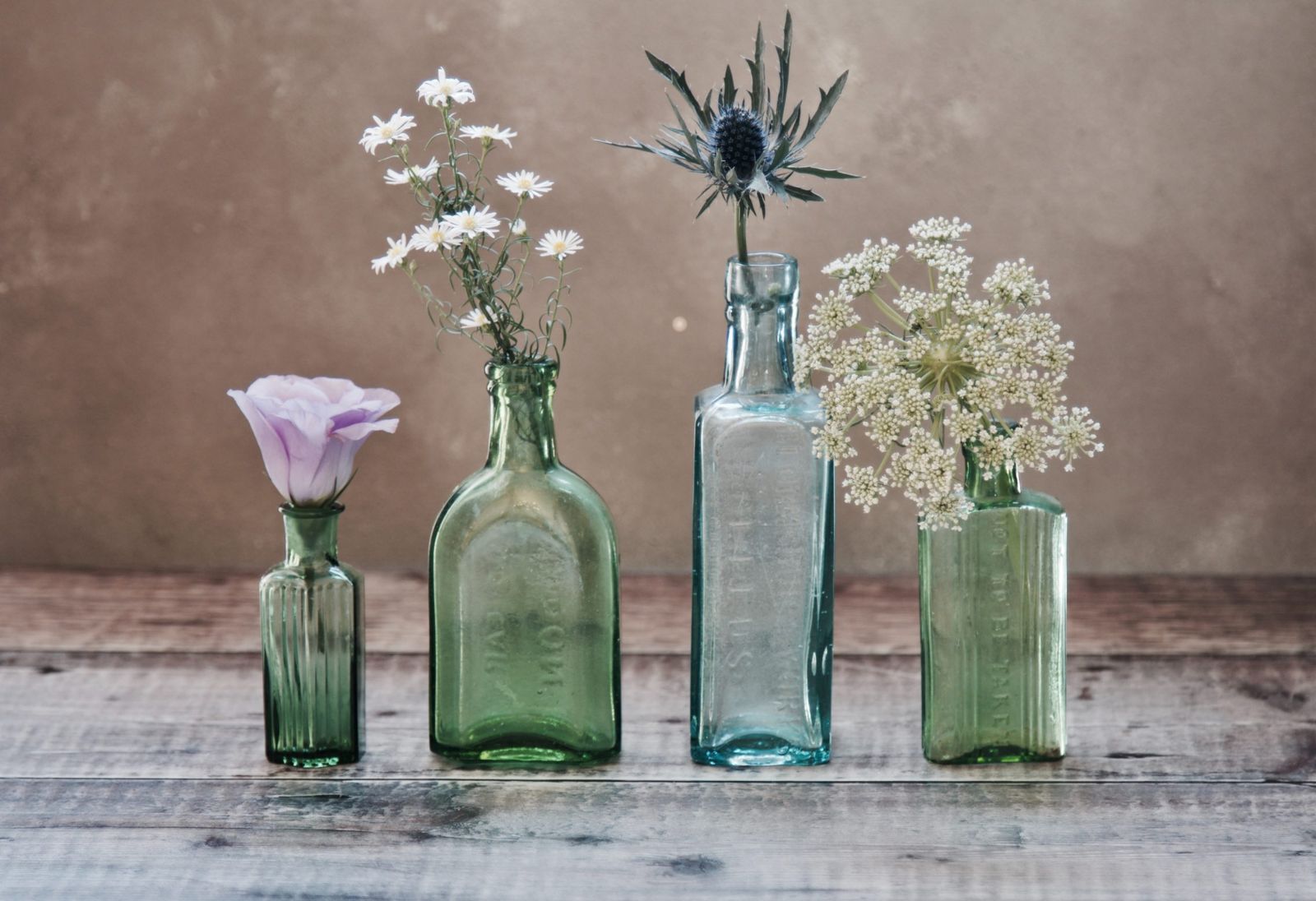

0 thoughts on “How To Store Vases”